Oil on canvas, signed lower left, annotated on the back GV88121
Dimensions: 64.5 x 54 cm (unframed).
Superb composition by Roland Dubuc, a painter renowned for his modernity and vibrant approach to the urban scene. With a bold palette and a striking play of textures, Dubuc transcribes all the energy of a lively street in Rouen, where the half-timbered architecture interacts with the teeming life of passers-by and terraces. His assertive pictorial gesture, combining thick brushstrokes and dynamic impasto, gives the painting an exceptional, almost sculptural relief, which magnificently captures the light and gives an impression of movement and depth. The artist distinguishes himself here with an expressive technique where forms are structured by color and material, evoking the legacy of the Post-Impressionists and Fauves while asserting his own modernity.
Roland Dubuc (1924-1998) – Biography Youth and artistic beginnings Roland Lucien Dubuc is a French painter and sculptor, born on January 28, 1924 in Caudebec-lès-Elbeuf, Normandy. Coming from a modest family of thirteen children, he began working at the age of 14 as an apprentice house painter to help his relatives financially. In the 1940s, he moved to Rouen, where he lived in precarious conditions, finding refuge at the Salvation Army. It was there that he met painters such as Léonard Bordes, Pierre Le Trividic and Michel Frechon, who encouraged him and taught him artistic techniques, notably charcoal drawing. Settling in Le Havre and Montmartre In 1948, Dubuc moved to Le Havre, where he became friends with artists Fred Pailhès and Jef Friboulet. He attracted the attention of the Galerie Hamon, which began promoting and selling his works. In 1950, he moved to Montmartre, an emblematic district of Parisian artistic bohemia. Despite difficult living conditions, he was noticed by Michel Doddoli, who exhibited his paintings and invited him to participate in the "Grands et jeunes d'aujourd'hui" exhibition, bringing him growing recognition. Personal life On September 6, 1947, Roland Dubuc married Norette Dorival in Caudebec-lès-Elbeuf. Their union produced a son, whom he would not meet until 1996. The couple divorced on December 3, 1952. Style and influence Dubuc is often considered one of the last painters of Montmartre, in the tradition of Utrillo, Maclet, Gen-Paul, and Genin. His work, inspired by Expressionism and Fauvism, is marked by a dynamic touch and a vibrant color palette. He mainly painted lively urban scenes, where Parisian and Norman street life takes on a lively and textured dimension, thanks to generous impasto that gives a striking relief to his canvases. International recognition and success In 1985, his friend and collector Jean-Paul Villain opened a gallery in Paris and signed a worldwide exclusive contract with him. This collaboration allowed his works to be exported to the United States, Japan, Israel, Great Britain, Spain, Belgium, and Switzerland. Final years and legacy After living in Switzerland, in Cherbourg, then in Paris, Dubuc finally returned to Normandy, in Elbeuf, where he died on February 27, 1998. Today, his work is recognized for its modernity, his mastery of textures and his vibrant interpretation of urban scenes, making him a key figure in 20th-century French painting.


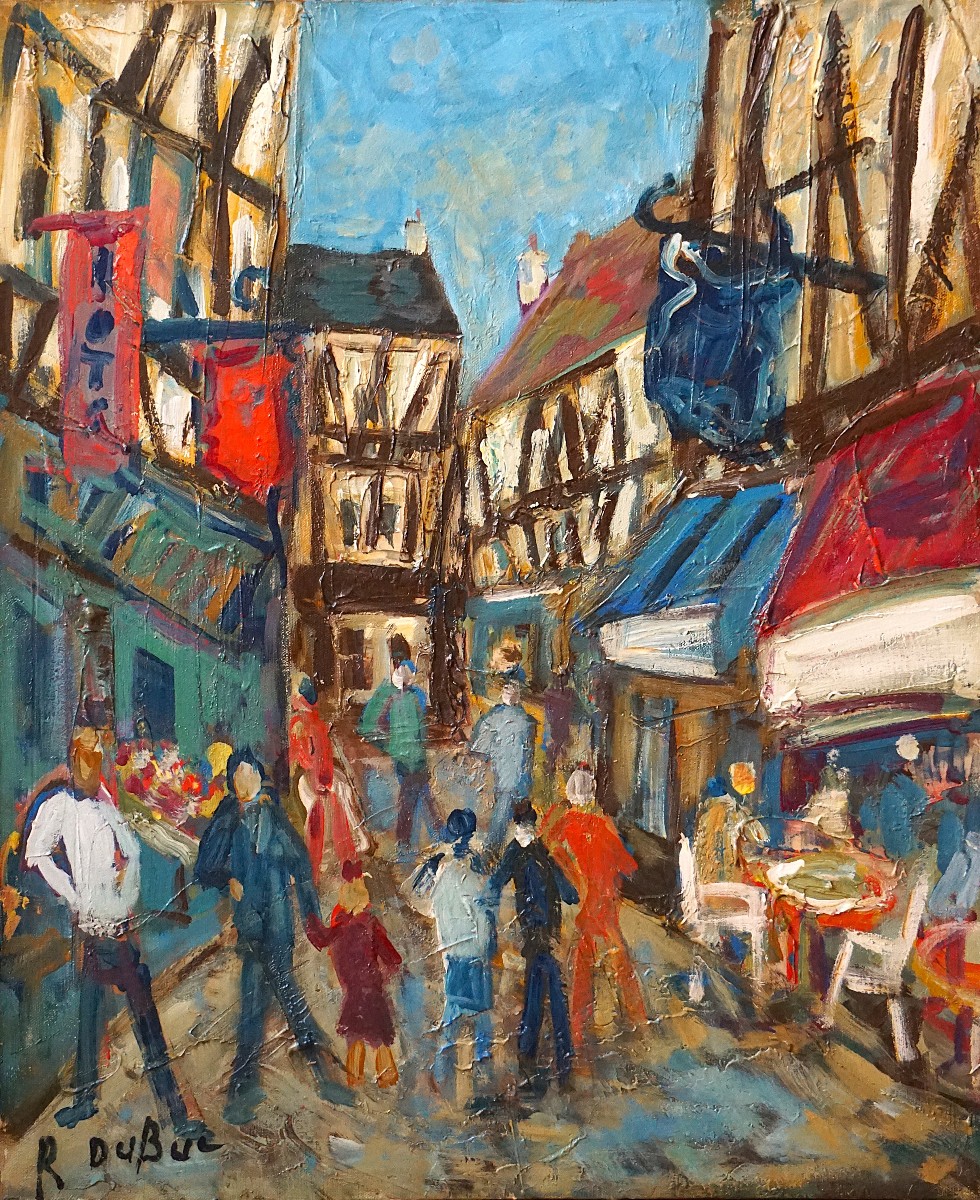
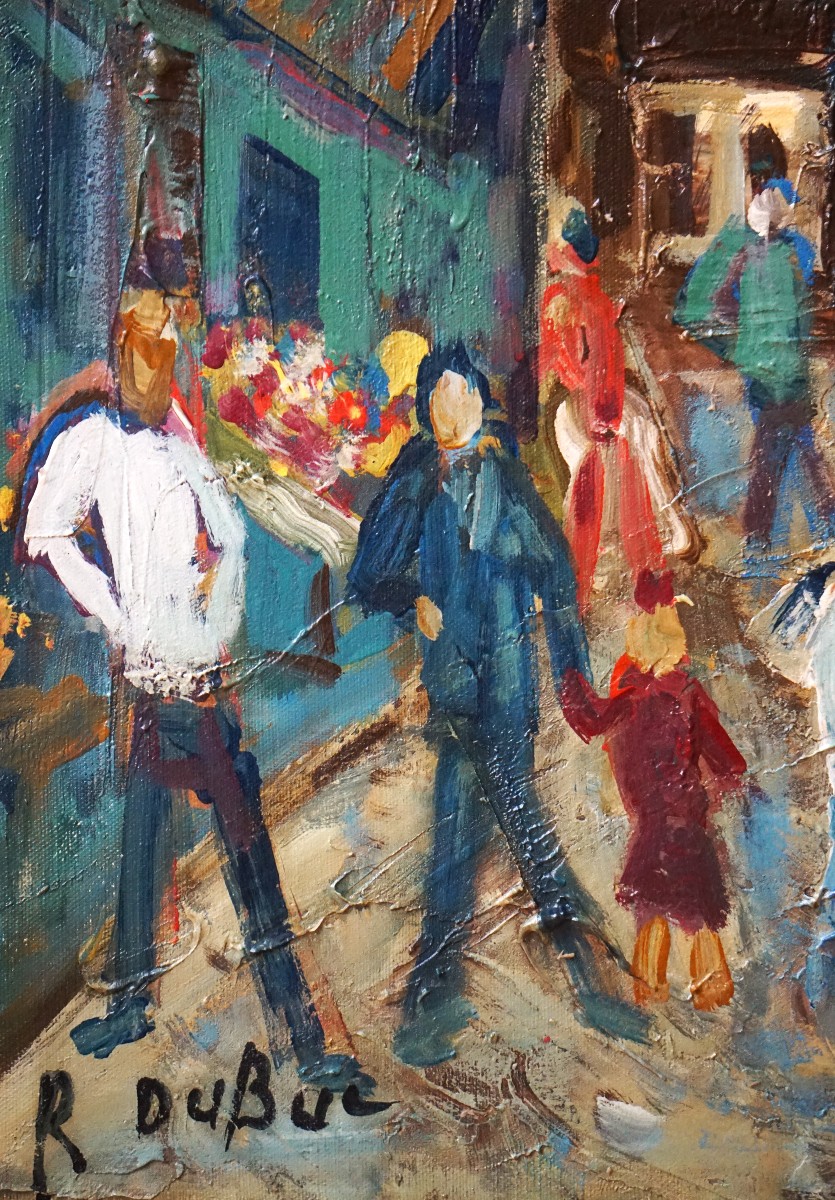
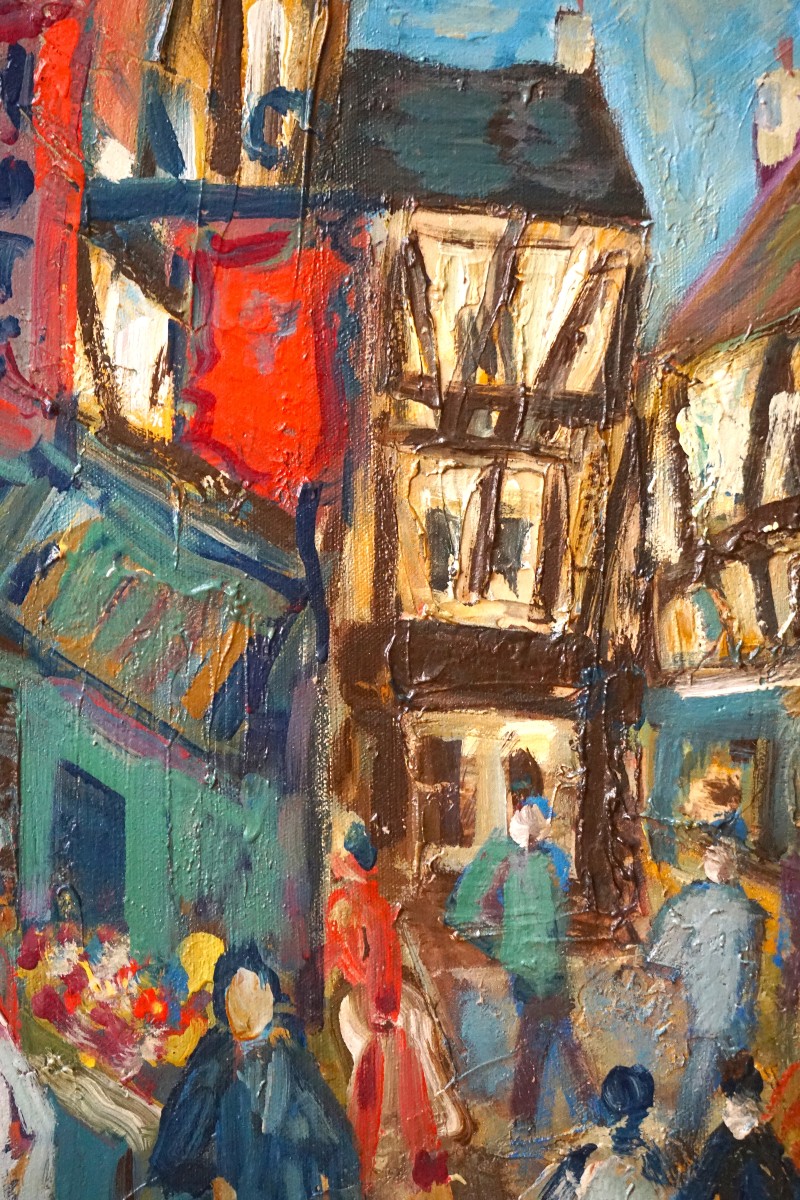
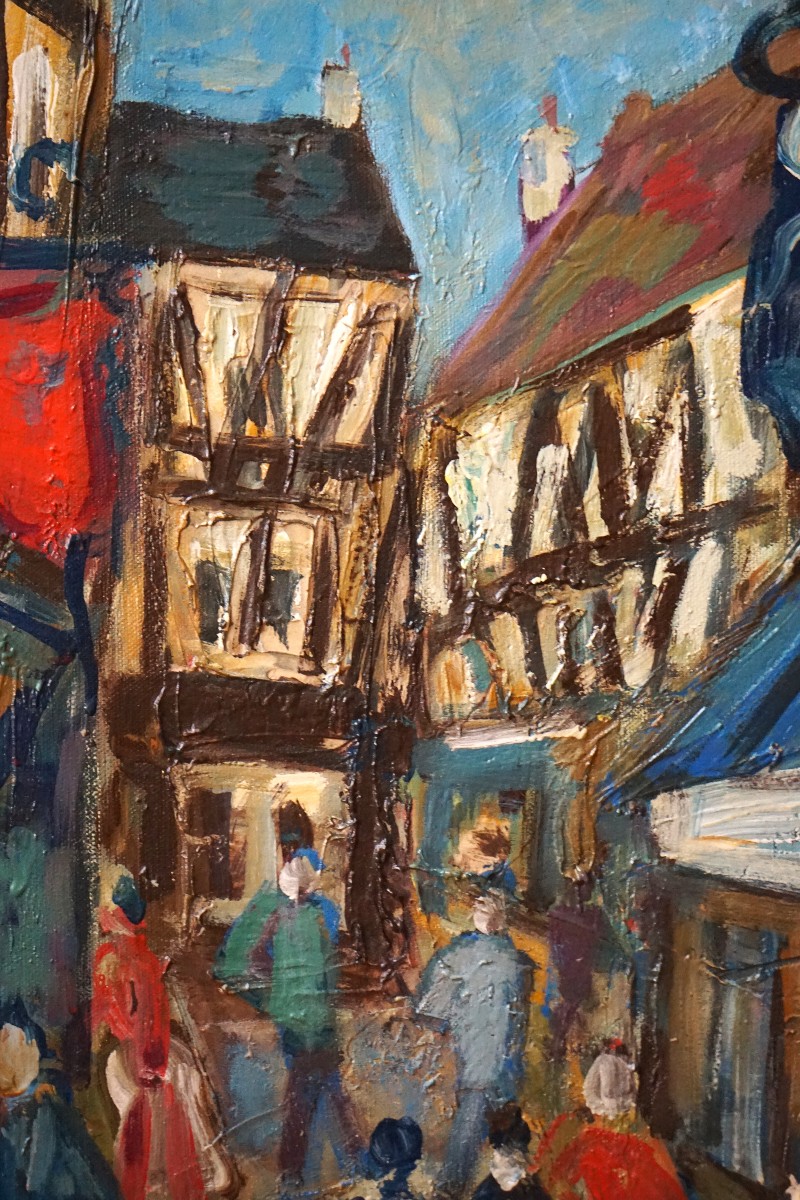

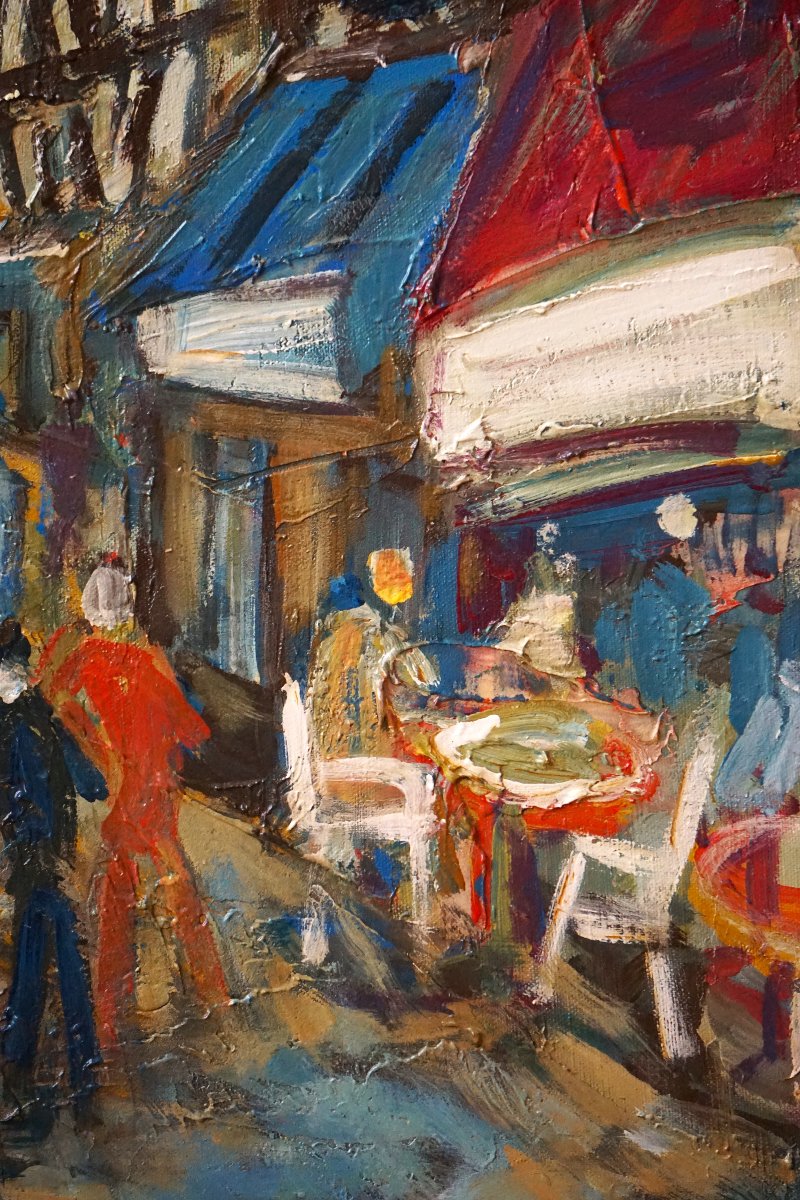




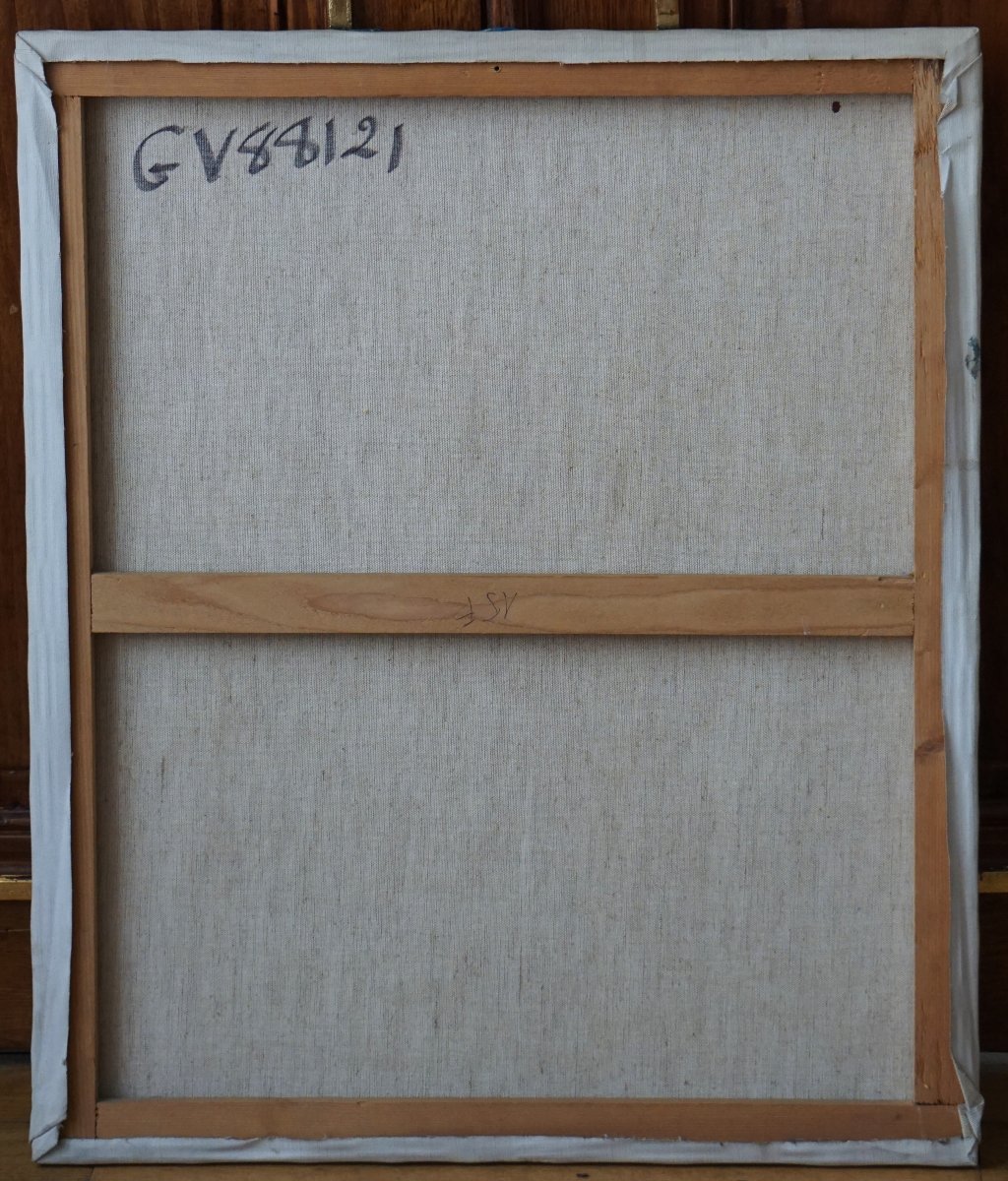














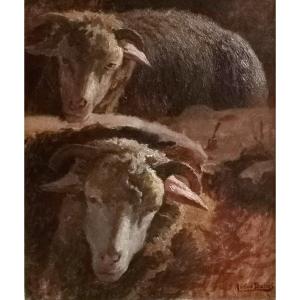







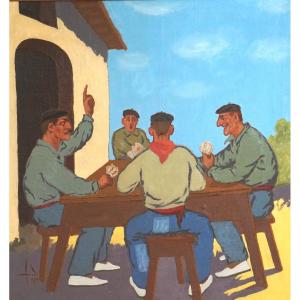
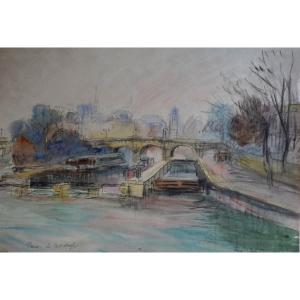
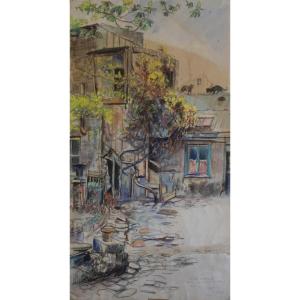




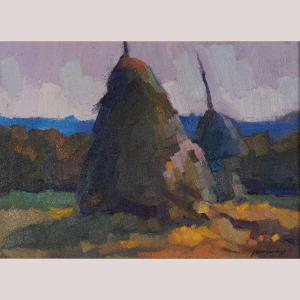

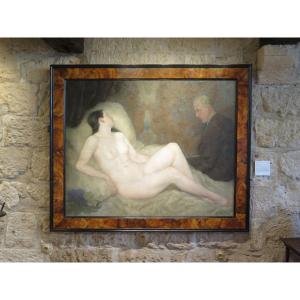





 Le Magazine de PROANTIC
Le Magazine de PROANTIC TRÉSORS Magazine
TRÉSORS Magazine Rivista Artiquariato
Rivista Artiquariato